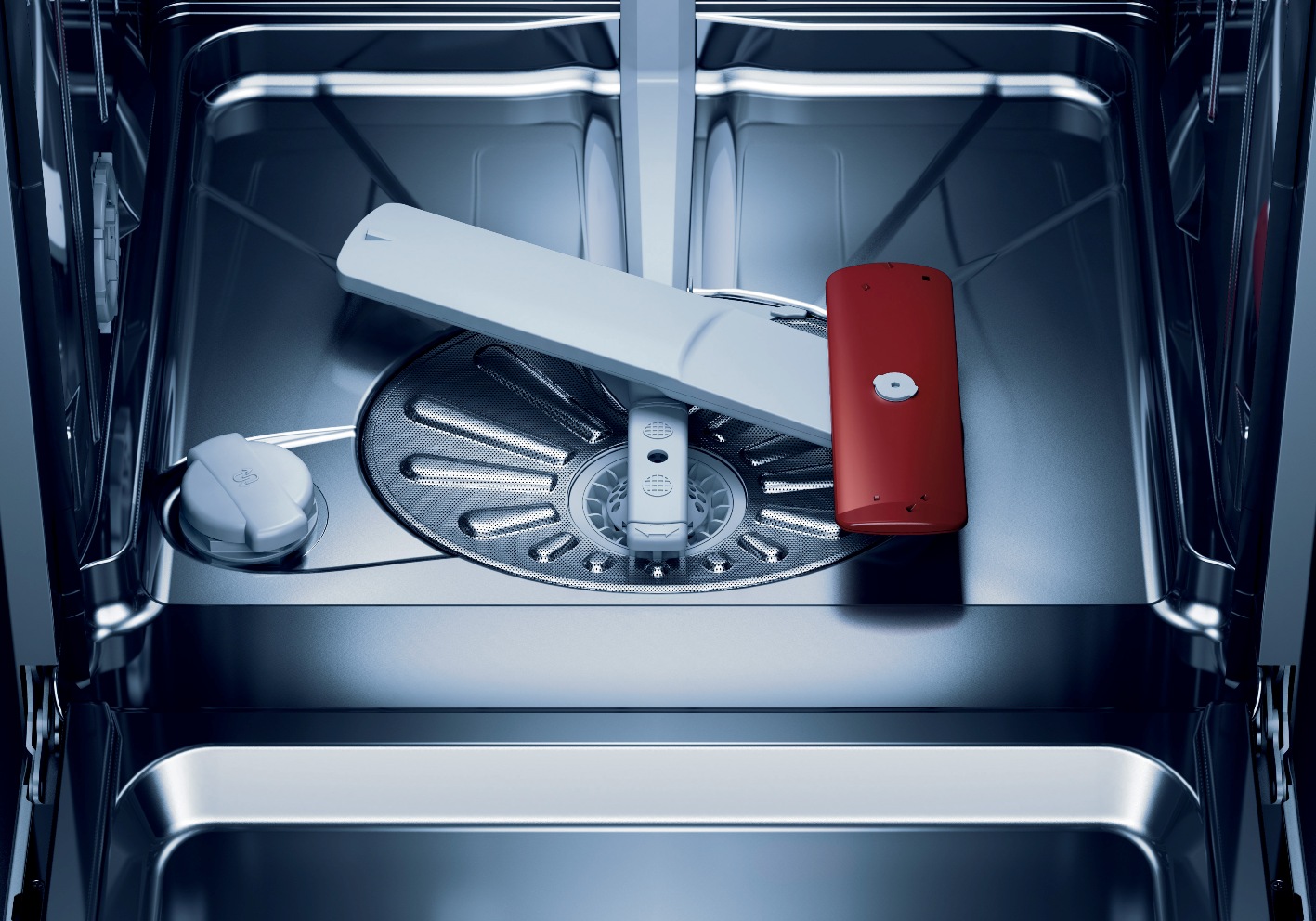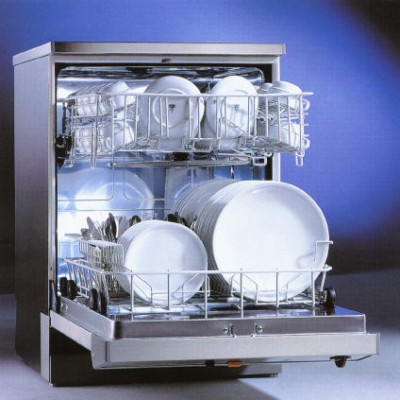How to Improve Your Existing Dishwasher’s Performance
Instructions
-
1
Blocked Sprayer Arm
The sprayer arm is as it sounds, the rotating arm that sprays water. Large utensils and other things placed in the way of the sprayer arm can diminish their effectiveness. Try to avoid blocking the arm, it'll make a difference.
Every once in a while, check the holes in the sprayer arm to see if they are blocked by food residue or mineral build up. Use a small toothpick or needle to dislodge them as required.
-
2
Proper Drainage
At the bottom of the dishwasher check for and remove any built-up food or other objects that may have collected. The drain is usually at the back end of the base of the dishwasher. -
3
More is Not Necessarily Better
We’re talking about detergent here. It is not always necessary to fill the detergent section of the washer to the top. A lot depends on the number of dishes you have in the wash and how potent your cleaning agent is. Read the cleaner’s instructions and dishwasher manual for more information. Try some variations out in order to determine correct amounts for different size loads. -
4
Hot Enough?
Sometimes, given the plumbing that may exist in your kitchen, it may take some time for hot water to reach your kitchen sink (and dishwasher) area. A great tip is to start the dishwasher immediately after using hot water in the sink. Hot water is needed to get stubborn food stains and grime off of dishes. -
5
Clean Washer
A clean dishwasher is most certainly a more effective dishwasher. Every 3-4 months clean the inside of your machine to rid it of grease build up, mineral deposits and detergent residue. To do this easily, run a load without any dishes and detergent. After a few minutes (once the water fills up the bottom) add 2 cups of white distilled vinegar and let the wash cycle run its full course. This will turn the machine into its own cleaner.








